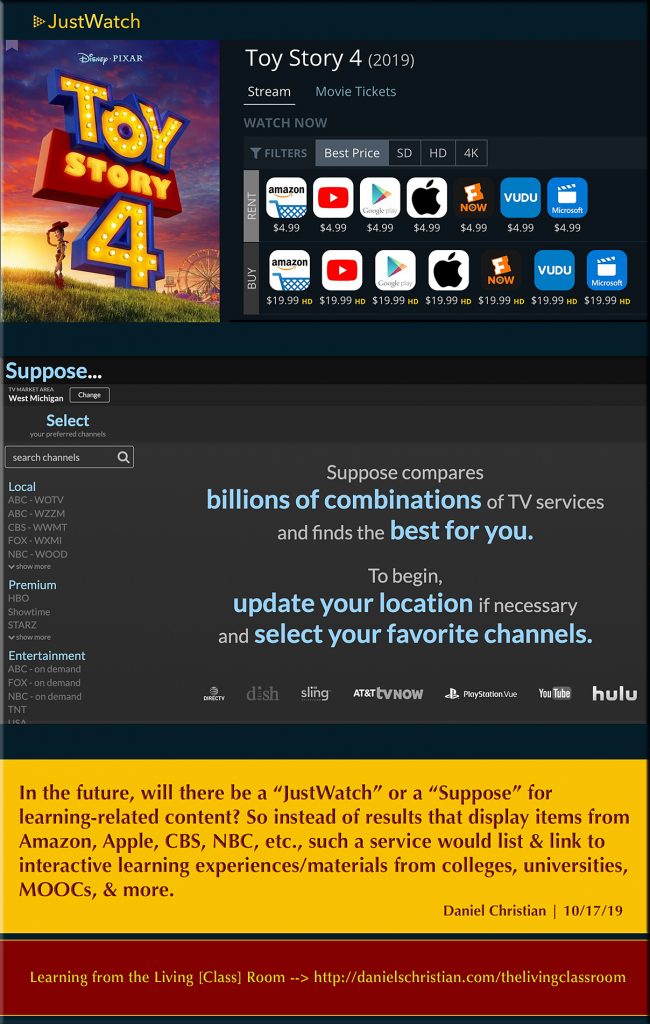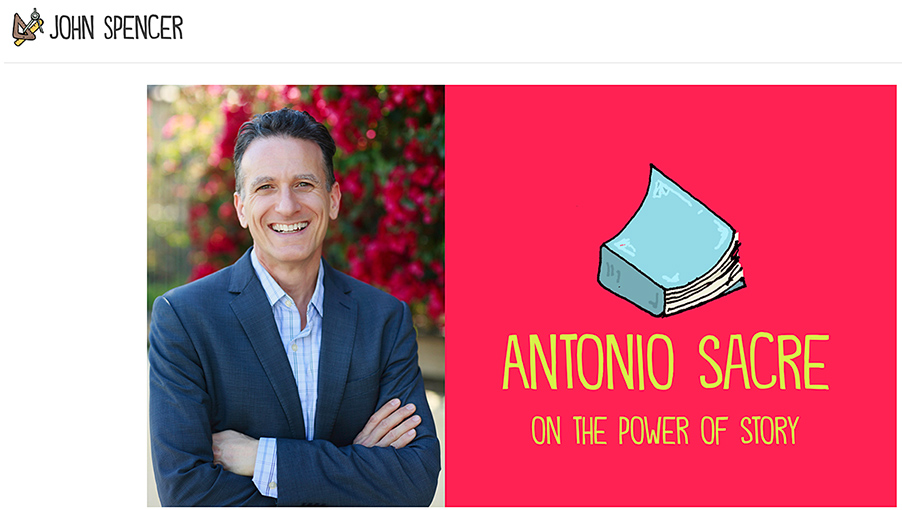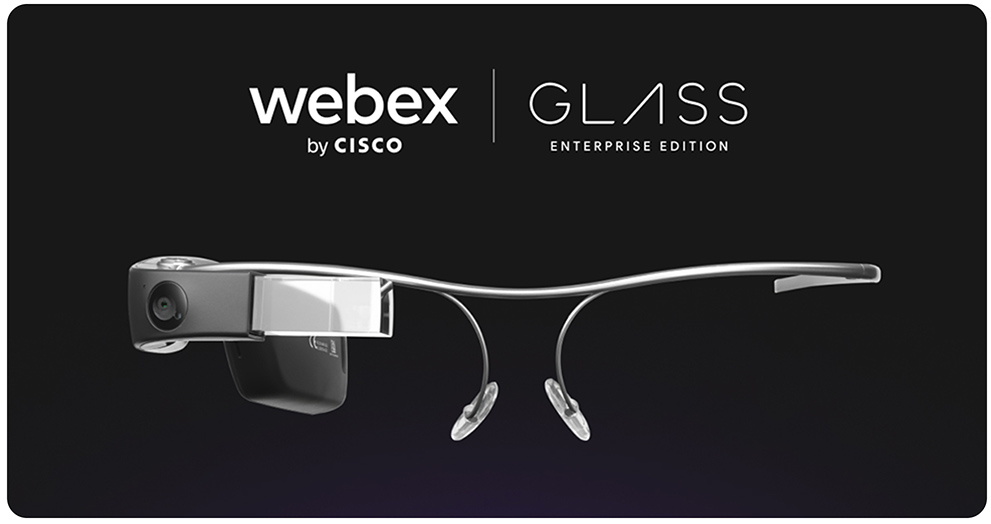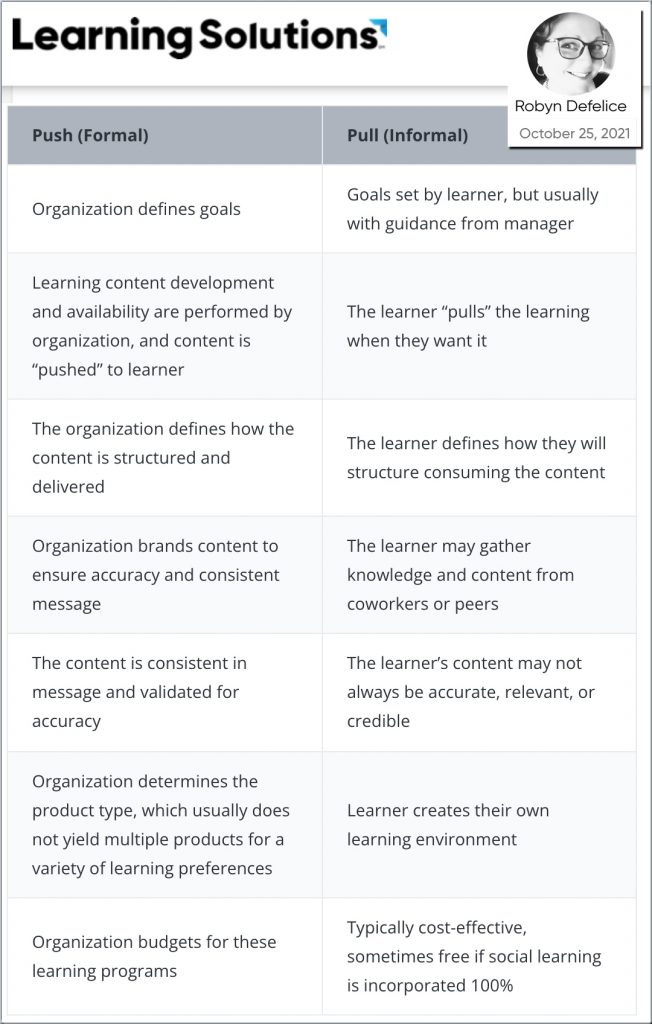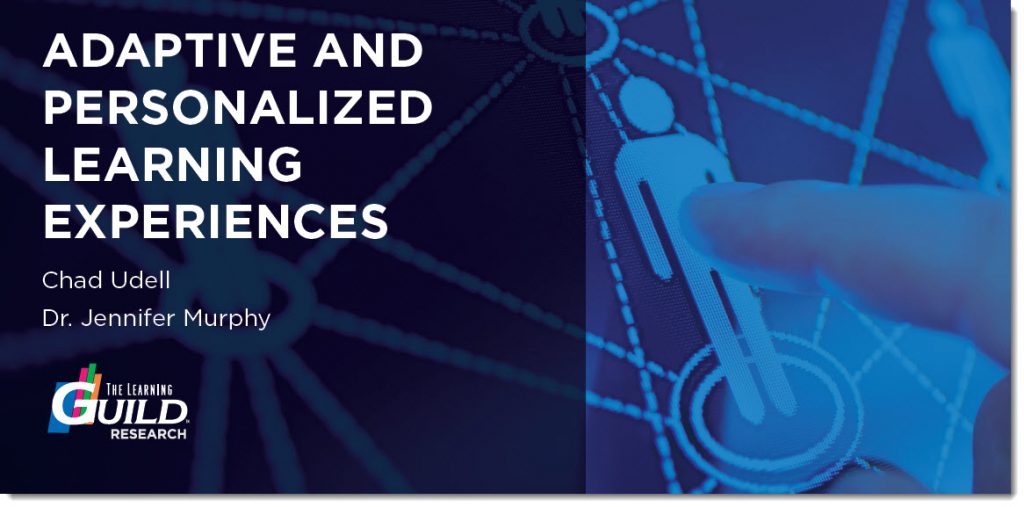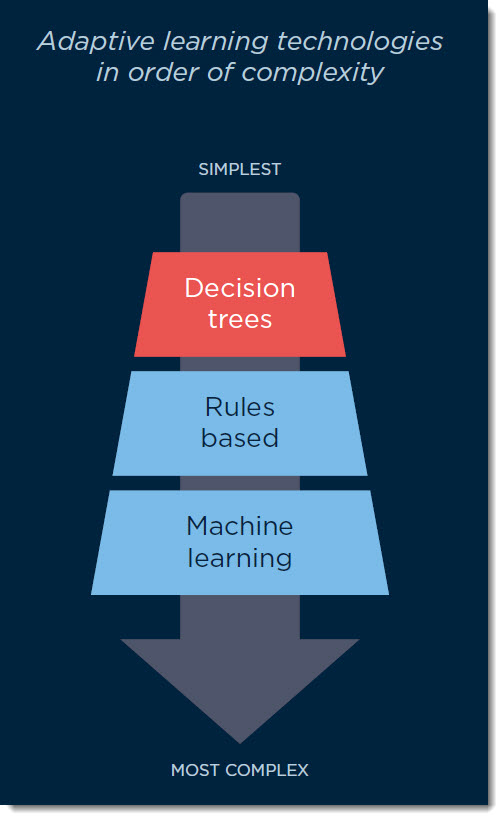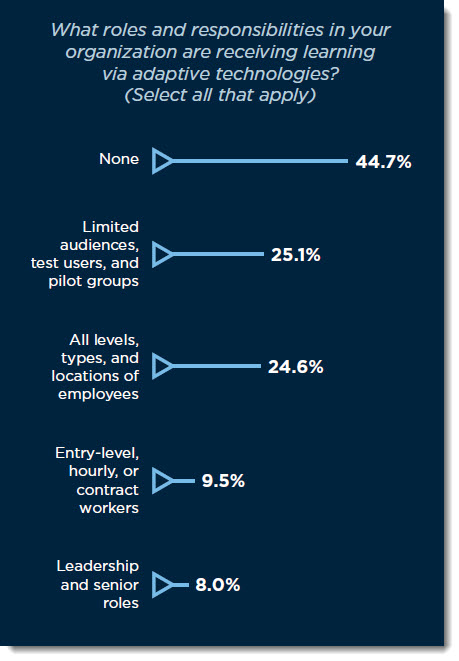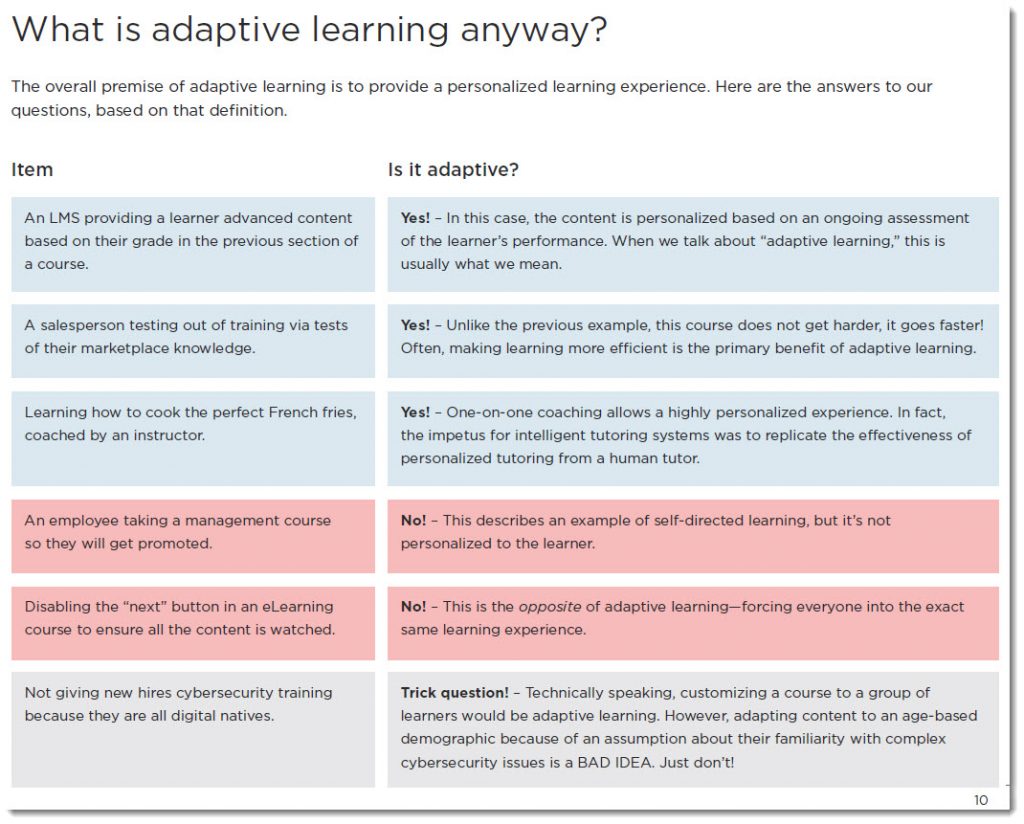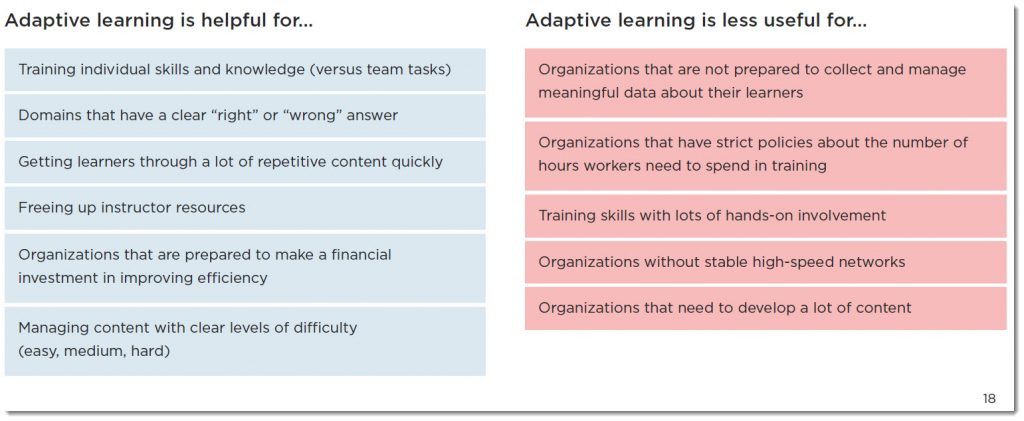Digital Learning Talent In Demand & More 2022 Hiring Trends — from teamedforlearning.com
2022 Hiring Trends in digital learning put job seekers in the driver’s seat. Learn how to use these trends to your advantage in education or corporate L&D.
Excerpt:
Now is an amazing time to look for a job in digital learning. The events of the last few years have boosted the demand for digital learning experts in all areas. That includes corporate L&D, higher ed, K-12, edtech, and commercial e-learning. As more organizations embrace a digital learning model, the demand for talent will continue to grow. The 2022 Hiring Trends in Digital Learning are all headed in one direction: up.
Our work connecting talented digital learning professionals with the organizations that need their skills has given us a sneak peek at the 2022 hiring trends in digital learning. And we’re ready to share those insights with you. Here’s what you need to know if you’re a job seeker in the digital learning industry.










